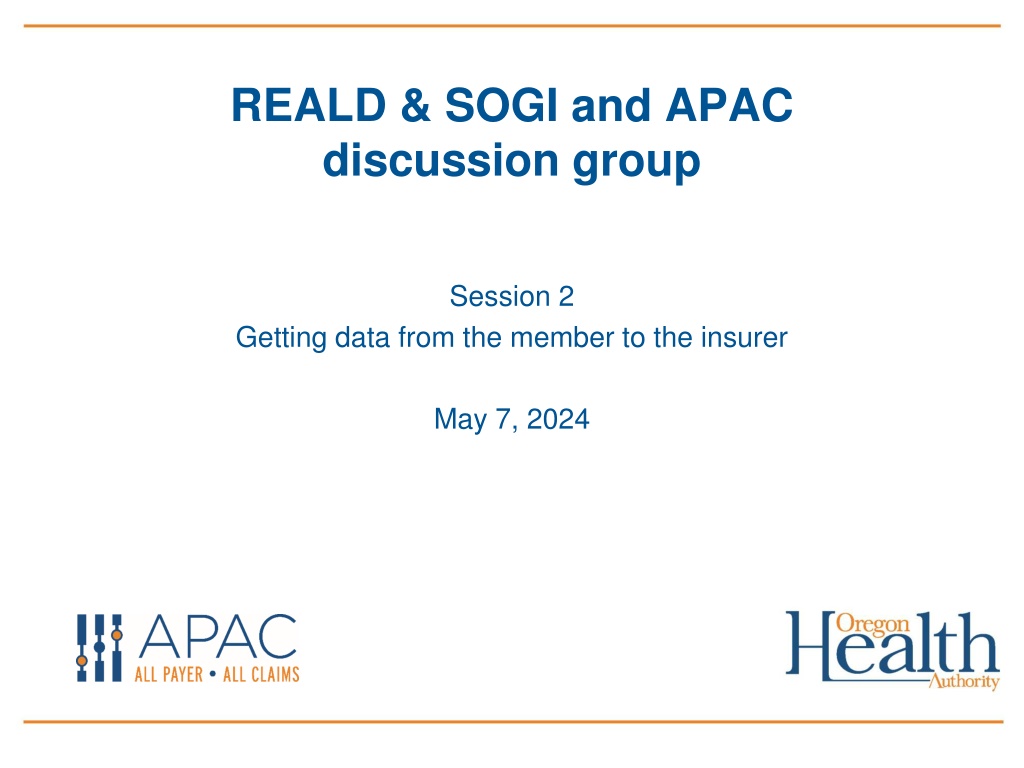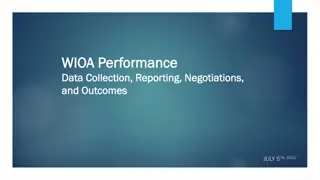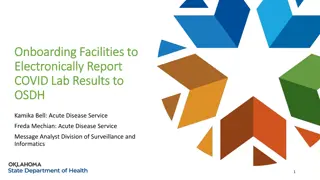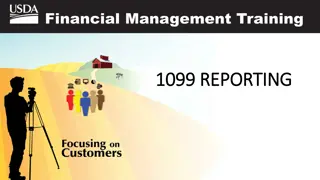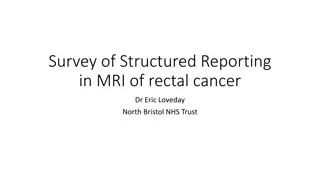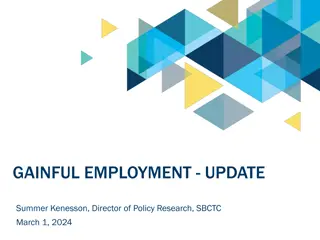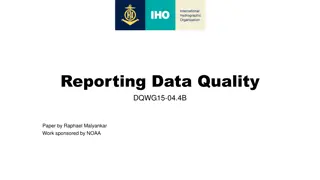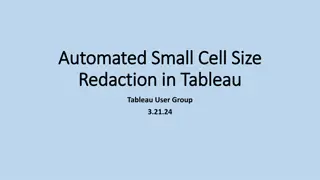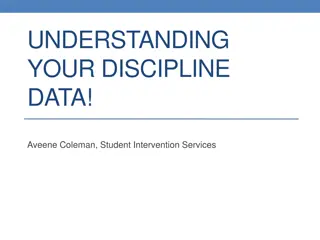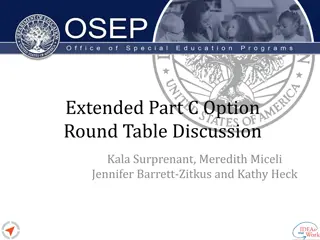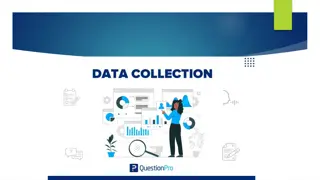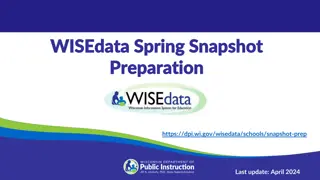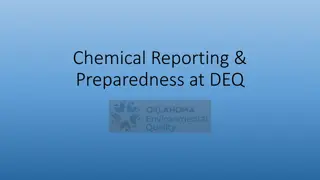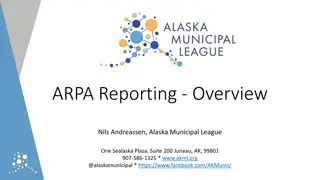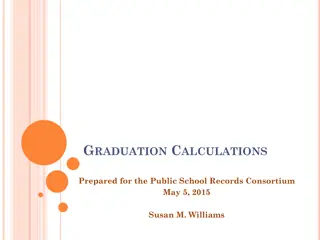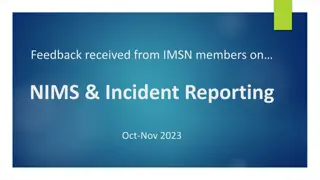Data Collection and Reporting Strategies for REALD & SOGI Information
This presentation discusses the goals of enhancing planning for data collection on Race Ethnicity Language Disability (REALD) and Sexual Orientation Gender Identity (SOGI), including how the data will be obtained, received, and stored. It elaborates on contact methods, self-reporting, data intake edits, storage options, and potential uses beyond APAC. Collaboration with OHA is vital for successful implementation.
Download Presentation

Please find below an Image/Link to download the presentation.
The content on the website is provided AS IS for your information and personal use only. It may not be sold, licensed, or shared on other websites without obtaining consent from the author. Download presentation by click this link. If you encounter any issues during the download, it is possible that the publisher has removed the file from their server.
E N D
Presentation Transcript
REALD & SOGI and APAC discussion group Session 2 Getting data from the member to the insurer May 7, 2024
Acronyms APAC All Payer All Claims program; within Health Policy & Analysis in OHA CMS Centers for Medicare & Medicaid Services E & I Equity and Inclusion Division in OHA HSRI Human Services Research Institute (APAC s vendor) OHA Oregon Health Authority OMB Office of Management and Budget; determines federal standards on race, ethnicity, language and other items REALD Race Ethnicity (and) Language and Disability SOGI Sexual Orientation and Gender Identity TAG (APAC s) Technical Advisory Group 2
What are the goals of these discussions? Enhanced planning for reporters from deeper consideration of laws, rules, collection devices and reporting REALD and SOGI questions and potential answers Data collection, storage and possibly use Files sent to APAC 3
How will the ask occur? How will your organization contact not only subscribers but also members to request completion of the REALD & SOGI information? What do you need from OHA to help that happen? Data intended to be self-reported as much as possible; young children will be an exception 4
How will the data be received? Likely many options, including mail (recommend machine-readable form) or web survey What do you need from OHA to help that happen? Work with E & I on any edits that occur at data intake 5
Where will the data be stored? Existing resource or new resource; access broad or restricted, etc. What do you need from OHA to help that happen? Current/draft Appendix J has 70 fields with some fields dozens of potential responses and select all that apply; not big by industry standards, but substantial 6
Will the data be used at the organization other than sending to APAC? Designing data management/table structure to support intended use requires knowing the intended uses What do you need from OHA to help that happen? If data analysis is desired, highly recommend analysis occur on processed data received from OHA rather than raw data. Use the expertise available. 7
Resources more to be developed APAC REALD & SOGI Implementation page is active Implementation plan Draft Appendix J Discussion schedule and recordings of meetings REALD and SOGI page for E & I Presentation by E & I for January 2024 TAG meeting Draft Appendix J presented to March 2024 TAG meeting Fields and values still under review in E & I rulemaking; updates will be required Basic structure, length, reference lists useful in planning now 8
Questions, comments or concerns to share today? Comments, etc. at any time to APAC.admin@odhsoha.Oregon.gov 9
